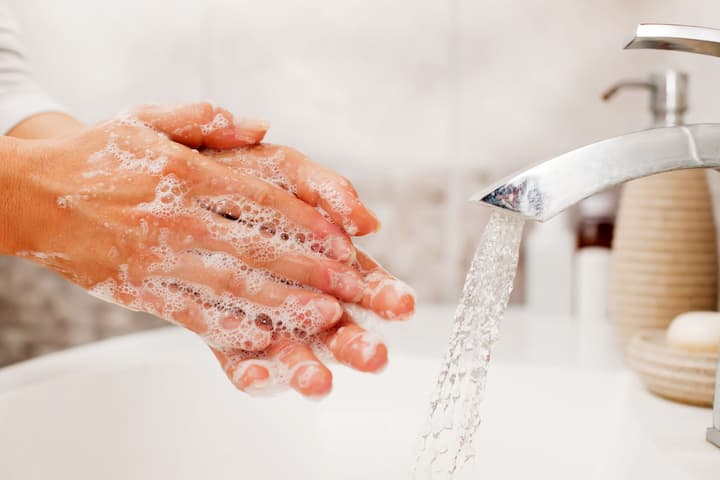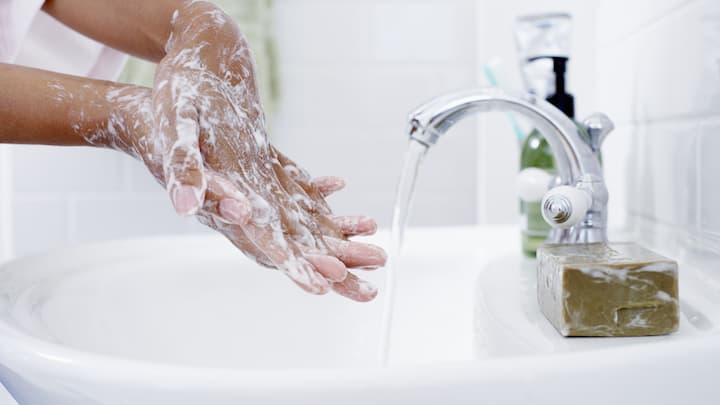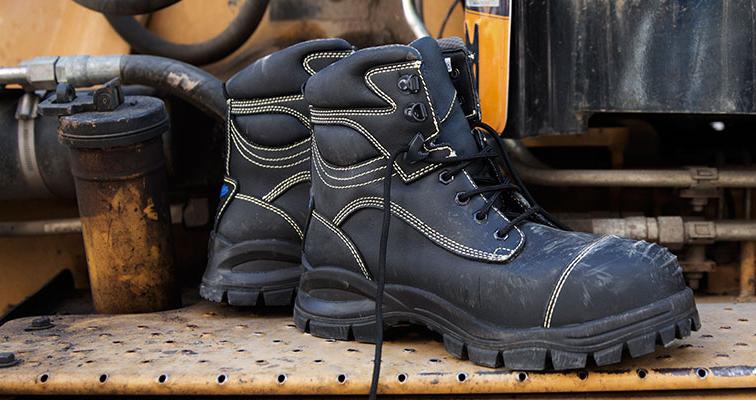The Lowdown on Hand Soaps: Make All the Hand Washing Less of a Chore
Hand soap is something everyone uses, but something that most people don’t really put much thought into. You head to the store, grab a new bottle or bar once the old one runs out, and repeat the same process over and over again. Sometimes you consider something else – like a different brand or different smell – but for the most part, you stick to what you already know.
But there’s actually a lot more to hand soap than meets the eye. After all, it’s not just about the smell or the brand, but also about the ingredients. Some soaps include chemicals like parabens, chemical dyes, and often sodium laurel sulphate which has been shown to harm our skin. Others have soothing properties for dry skin, eczema, moisturising effects, etc. Indeed, there are several factors that go into choosing the right hand wash for your needs, so without further ado, let’s dive into each one.
How Do You Choose a Good Hand Soap?
Ingredients

The first thing to consider is what’s in the soap itself. The main ingredient should be water, followed by glycerin or another humectant, which helps to keep your skin hydrated. Other ingredients include emulsifiers to help break down the oils and dirt on your skin, as well as fragrances or essential oils for scent.
The most common cleaning agents in hand wash are surfactants (surface active agents). They remove oils and dirt from your skin by breaking down surface particles so they can be rinsed away with water. They’re normally found in the form of sodium lauryl sulphate (SLS), which is derived from coconut oil or petroleum products. SLS is highly effective at removing oil but it can irritate sensitive skin if used too frequently or in large amounts — especially when combined with alcohol-based sanitisers such as hand sanitiser gels or wipes.
Fragrance
Most hand soaps also contain some form of fragrance, whether it’s a natural essential oil or synthetic fragrance. If you have sensitive skin, it’s best to avoid products with synthetic perfumes as they can cause irritation. They’re generally listed as “fragrance” or “parfum” on the ingredient label.
Unscented variants are also available if you prefer not to have any smell at all. They serve the same purpose as regular hand soap, without the added scent. This is why they’re often used in hospitals and other places where strong smells can be off-putting.
Antibacterial vs Non-Antibacterial Washes

There’s been a lot of debate over the years about whether antibacterial soap is actually any better than regular soap. The main active ingredient in antibacterial soap is triclosan, which is a potent antimicrobial agent. It’s been shown to be effective at killing bacteria and other microbes on your skin.
Non-antibacterial hand wash does not contain these ingredients and is just as effective at killing germs. In fact, using antibacterial soap can lead to resistance to antibiotics because these drugs are used against bacteria that cause infections such as staph or strep. If people develop bacterial resistance to antibiotics because they’ve been exposed to them over time in their everyday lives through products like hand soap, they might not work when needed most — during an actual infection when someone goes to the doctor’s office or hospital.
Liquid or Solid

Liquid soap is the most common type of cleanser, and it’s easy to find in most grocery stores and drugstores. Liquid hand soaps are made from water and other ingredients like glycerin or lanolin that help cleanse hands without drying them out too much. The liquid form makes them easy to dispense and use by hand, but they are also available in gel form if you prefer that texture.
On the other hand, solid bars of soap have been around for centuries, but they have become popular again lately thanks to their convenience and eco-friendliness. Solid bar soaps are often made from 100 per cent vegetable oil with no other additives — this makes them gentler than liquid soaps and less likely to irritate your skin or dry it out over time. Solid bars usually last longer than liquid soaps, too, because they don’t require water or chemicals to activate them before use.
Refills

Hand soaps are one of the most wasteful products in the bathroom. They’re typically packaged in single-use bottles that are made out of plastic. Some brands even use recycled plastic, but this isn’t enough to justify buying a bottle of hand soap when you can make your own at home for much less money.
In fact, many brands offer refills that let you refill old bottles of hand soap with new liquid so that you don’t have to throw out an entire bottle just because you ran out. This is a great way to save money on your favourite brand or product while also reducing waste in landfills.
To Sum Up
In the end, most people won’t spend that much time thinking about hand soap. You use a little bit every day, and it’s probably only when you run out that you think about buying more. This can make it difficult to decide exactly where to go. However, once you do find something that works for you, don’t be afraid to stick with it. To some degree, trial and error is often the best way to pick out your next bottle or bar of soap.



![AFX Sauber F1 C44 Stake No24 Slot Car [22092]](https://www.availableonline.com.au/wp-content/uploads/2025/06/6ccd9e30-c6fa-4910-9081-5fcc3ba80b04__60843-520x245.jpg)




